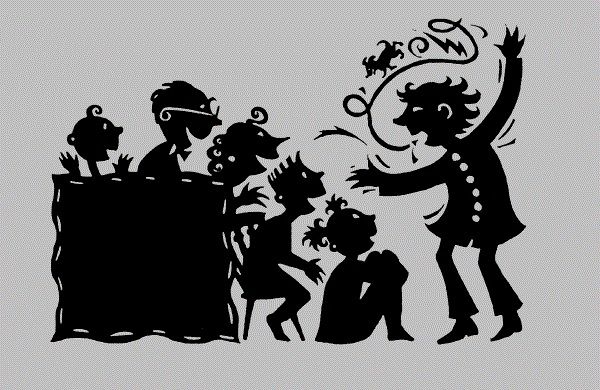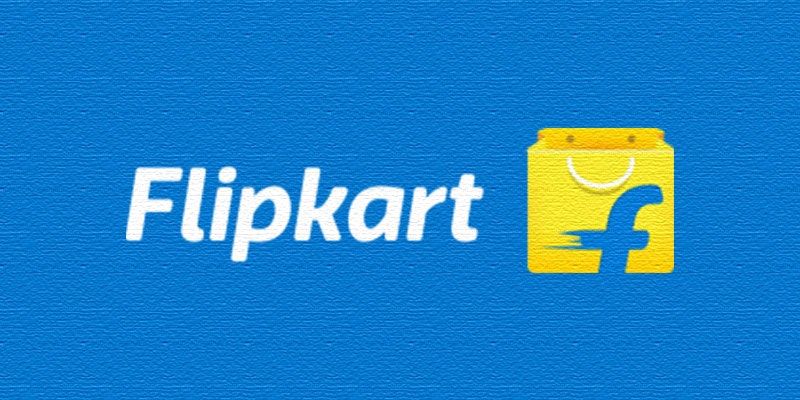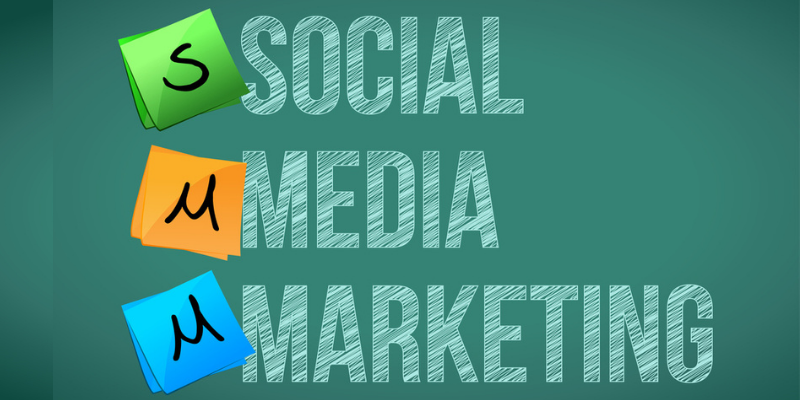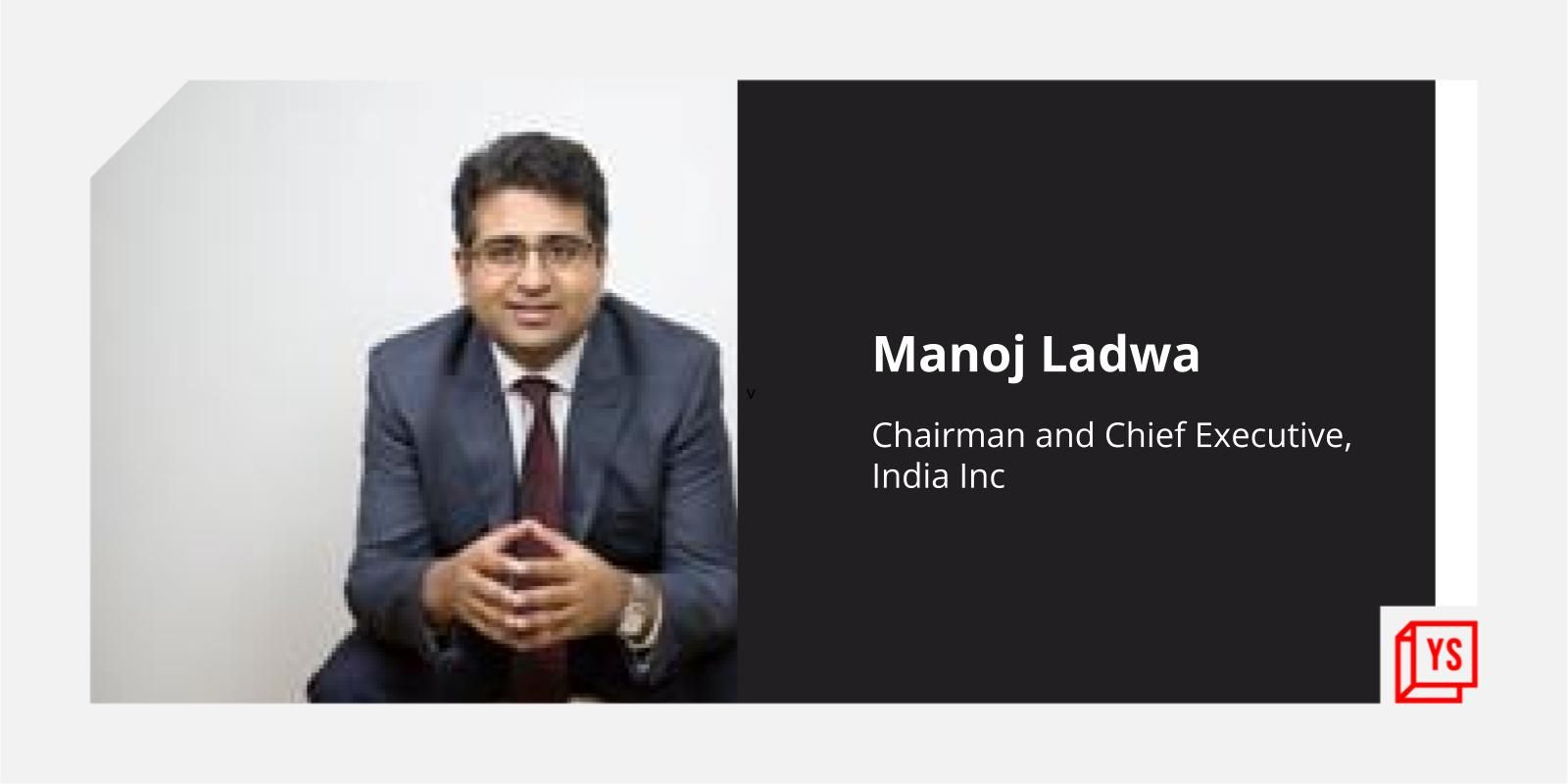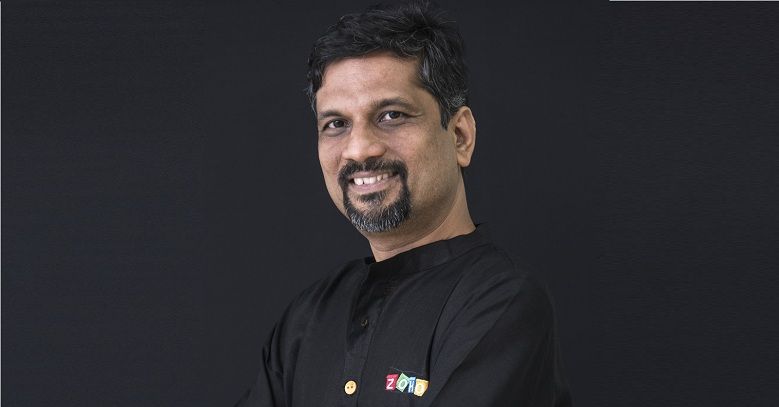How to weave a story around your startup? - With master storyteller, Rajesh Setty

Whenever entrepreneurs talk about their startups, the one that has a more engaging story stands out. More than the product or service that one offers, it is the way one tells the world about it that matters a lot. Here, we meet one such master of the art- Rajesh Setty, an entrepreneur, author, speaker and an alchemist. Having been enchanted by his story telling once, I got in touch with him to gain some more insights into the art.
Excerpts:
YourStory: Many a times, we come across startups that use a lot of jargon to explain what they do. Is it especially hard for a technology product? How to tell a story?
Rajesh Setty: Techie product or not, as long as you are talking to a human being, a story is a must.
Think about your own case as a buyer. You rarely buy a product because of its feature set. You buy because of the story you tell yourself about what the product or service can do for you or how the product or service will make you feel.
Take for example a few advertisements for headsets from Bose:
1. Music can take you places. Why not leave the noise behind? [hint of superior experience]
2. You are not a kid anymore. It's time for quality [aspirational]
3. The joy of sound [feeling]
4. Sound that will move you and your things [imagination]
5. For a happy new year, trade up to a Bose performance [aspirational]
6 Your music never sounded so good [hint of superior experience compared to others]
In every one of the above, Bose is trying to help you tell yourself a story about what it would mean to have those products. There is rarely a feature description - mostly a feeling upgrade. They want to leave you with a feeling that if you don't have that product, your life has a "gap" and one surefire way to fill that gap is to buy their product.
Always remember that the buyer is going to be telling a story to himself or herself and compare "life with your product" (target state) to "life without your product" (current state) and sees a stark positive difference.
Taking the buyer to this point is the job of the founder in the early stages of the company and his or her marketing team will join the party in the later stages of the game.
Suggested Reading: Why many smart people can't get buy-in from others?
7 reasons why many smart people have trouble communicating their ideas
YS: How do you enter into a pitch? How is it different while pitching to enterprises, consumers, investors?
RS: This is a loaded question so I will answer in parts:
How do you enter into a pitch:
It depends on the context. Assuming that you are meeting your target customer 1-1, the elements will involve the following:
- Identify if the pain is real: Your goal is to first find out if the pain alleviated by your product or solution is real or only manufactured in your head. A lot of pains are not big enough for people to do something about it. The "cost" of removing that pain is far higher than "suffering the pain." It is better to pick and choose the battles to fight.
- Bring the pain to the forefront: If the pain is big but latent, it is your duty to bring the pain to the forefront so that the person understands and acknowledges the pain and the impact of not alleviating the pain.
- Paint a pain free picture and the benefits: This is where you bring your power of storytelling. It is where you help them imagine what it would like to be free from the current pain and the clear benefits
- Present your product or service a bridge to the pain-free zone: By this time, you have laid the foundation to introduce your product or service. The offer should come as the most optimum way of bridging the gap between the current pain-filled zone to the future pain-free zone.
In summary, the story that the listener should tell himself or herself is as follows:
Pain-filled Zone + Your product or service = Future Pain-free Zone
Now, the second part of the question is about pitching to different kinds of audience - examples include customers, partners, investors and press. The keyword here is resonance. Different stories resonate with different targets and mixing and matching up because you are passionate and transparent won't help much. For example, press people are looking for a unique angle for a story and a breakthrough to report. Exclusivity is an added bonus. On the other hand, investors are looking for traction with minimum risk. Your story has to directly or indirectly address the underlying concerns of your target audience.
Suggested reading: The ultra-short course on seduction

YS: How much of your story can be fiction?
RS: More than the question of fiction or non-fiction, a story has to bring relevance to the current situation. If the listener has to do a LOT of work to "get moved" then you are making a mistake. A story has to play a supporting role and not take over the discussion. The listener should be impressed by the point the story is conveying and not the story itself.
I have used mini sagas (stories that are told in exactly 50 words) to communicate ideas. The stories are all fictional but the message conveyed is a life lesson.
Here are a couple of mini sagas:
1. The deal
The sales team in a startup was jazzed after a great customer presentation. The startup VC had a prior relationship with the customer. He called the customer and asked if he would buy the system from them. The customer politely responded “No way. The meeting was only for market research”
2. Happiness
It was a good year for John. His hard work had handsomely paid off albeit with sacrifices on the family side. When he told his friend Bob that he had many reasons to be happy about the year, Bob asked – “Why do you need a reason to be happy?”
YS: Do you believe that sometimes a product can be just sold on the basis of a story? Obviously it wouldn't last in the long run but is a story that powerful?
RS: Stories are way more powerful than what we give them credit for. Yes, products have been sold just on the basis of a great story. I will give you a few examples that might get you smiling:
1. Little Mismatched is a company that sells (as you might have guessed) mismatched pair of socks to young girls. Why would these girls buy a mismatched pair of socks? Because a mismatched pair tells a story that is different and in turn the girls think they are different.
2. There is a company called International Star Registry that sells certificates of stars named after you or your loved ones. They have been selling stars since 1979 so if you have any doubts that this will work, they do.
They will maintain a registry with the star and your name just in case someone comes and stakes a claim for that star that was named after you or your loved one.
3. Here is a classic one - a company called HeightMax. They used to sell some tonic or pills to get your children to grow taller. Their claim was that children will grow taller than what they would have grown without their product. The only growth was for several years was their own revenues and profits.
Please look around and there are extremely overpriced items that are being sold like hot cakes and what do they have in common - a great story, well told. I am not suggesting that they are doing anything right or wrong as that is not the scope of discussion but every single day, I see products that are sold for much higher than what they should be sold for all because of an upgraded story.
YS: Some instances where you've been blown away by the way a person has carved a pitch.
RS: I'll use an example of something very simple - a car wash. A car wash where they made an “amazing” offer – “Buy two car washes and this one is free.”
The keywords there were – “this one is free.”
Everybody loves an instant deal. They didn’t say the third car wash was free. They said “this” car wash was free. I was told that almost everyone who the offer was presented to – signed up.
Thinking about it further, it is easy to justify the deal to themselves and everyone else. If you were one of them, you can easily tell your friend – “Hey, do you know something. I got my car wash free today.” It’s not the same as telling – “You know something.. I am going to get my third car wash for free.” You rarely can celebrate a future success. “This” car wash free will give you a reason to celebrate now.
The deal is the same as one of the following:
1. Buy two, get one free
2. Buy two car washes and the third car wash is free.
3. Get three car washes for the price of two.
4. Car Wash – 33% off
5. Ask about our loyalty program. You can start earning free car washes with just two car washes
None of them will come close to:
“Buy two car washes and this one is free.”
As you can see, all offers are equal – but the offer with the best narrative wins!
YS: What strikes home with the listener? What do they want to hear (about your product)?
RS: Nothing about the product strikes home to the listener except the story they tell themselves of what their life will look like with the product or service. When BMW engages the audience with their claim that their car is the "ultimate driving machine" what they want the listener to do is to think about the feeling that comes with driving the ULTIMATE driving machine. It is rarely about the features but what feelings the features and story about the features will evoke.
YS: 3 do's and dont's while pitching.
RS: Three Do's:
1. Build something awesome because when you do, others will tell your story for you.
2. Be someone awesome because whether you like it or not the messenger gives the color to the message.
3. Be with some awesome people because awesome people attract more awesome people.
Three Dont's
1. Never aim for shortcuts: This is because a shortcut is the longest route to success.
2. Never take the listener for granted. If they are intelligent they will get offended. If they are not intelligent, then you may be wasting your time talking to them in the first place.
3. Learn to accept a "No" - However good your pitch is, your product or service is not right for everyone all the time. An early "No" should be treated as a gift rather than a disappointment.
YS: What parting thought would you leave us with?
RS: Everyone knows the power of telling a great story. Unfortunately, this is not a skill that's taught in school and only a few people will invest in learning and practicing the art. Those few people will have a huge competitive advantage over their peers. You can be one of them and it's never too late too start learning how to tell a great story.
More on this Quora answer and a lots more on Rajesh’s website.






